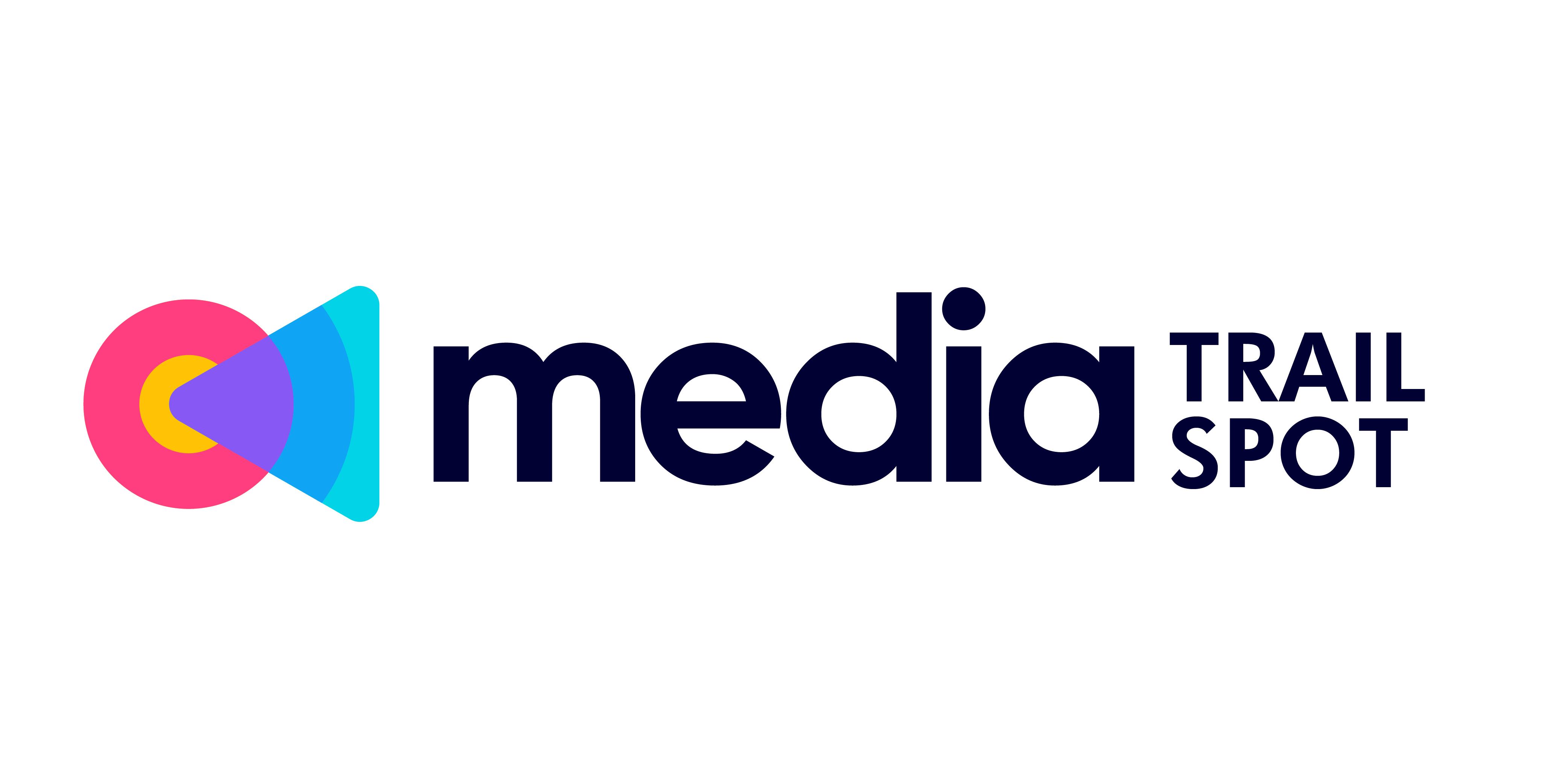Journalism in Flux: Why the Future is Up for Grabs
Journalism didn’t fall apart—it just cracked open. The traditional outlets that once defined the news cycle are now scrambling to stay afloat. Print subscriptions are nearly extinct. Cable news is loud but losing younger eyes. And many major newsrooms are shrinking fast, forced to cut staff or consolidate under corporate umbrellas.
Meanwhile, new formats are stealing the spotlight. Independent newsletters, podcasts, YouTube explainers, TikTok news breaks—this is where younger audiences are tuning in. The storytelling is rawer, the turnaround quicker. And trust? It’s being rebuilt, one creator or small outlet at a time.
But this shift isn’t just shiny and new. It comes with high stakes. As the pace of content accelerates, accuracy is harder to vet. Objectivity often takes a backseat to personality. And with so many people getting headlines from algorithm-fed platforms, nuance risks getting drowned out.
In short, journalism is in a state of transition. Faster doesn’t always mean better. But if the industry wants to stay relevant, it needs both speed and substance. The next generation of news isn’t just about who breaks the story. It’s about who earns your attention—and keeps your trust.
Shift 1: AI and Automation in Newsrooms
Newsrooms are swapping whiteboards and wire services for algorithms and automation. AI is now writing briefs, flagging misinformation, and recommending custom content to readers based on their behavioral data. For breaking news, it’s especially useful: machine learning systems sift through real-time updates, prioritize sources, and generate summaries in seconds. For tasks like initial drafts, transcripts, and even headline tests, AI can churn out in minutes what used to take hours.
Fact-checking also benefits—automated verification tools scan for inconsistencies and cross-reference claims faster than any single editor can. Then there’s personalization. Outlets are using AI to tailor feeds so readers get more of what they like. It helps engagement. But it’s also a double-edged sword.
Algorithm-driven news is efficient, but not without risk. Filter bubbles tighten. Bias can creep in through training data. And when speed is the top priority, nuance can suffer. Echo chambers are easier to build than break. That’s the dilemma: do more with less, but don’t lose the plot.
Big publishers are investing, smaller outlets are catching up, and the race is on to get it right before trust erodes further.
(Learn more: How AI is Changing the Face of Media Production)
Shift 2: Subscription Models and Reader Support
The days of relying solely on ad revenue are behind us. Banner ads and programmatic placements just aren’t pulling their weight anymore—ad blockers, platform changes, and sheer volume have diluted their value. That’s pushed publishers to rethink how journalism pays for itself.
Now, it’s all about subscriptions, memberships, and reader-backed models. Whether it’s $5 a month for bonus content, a metered paywall, or a Patreon-style community, creators and outlets alike are betting on people paying directly for access. It’s not just about payroll—it’s survival.
But there’s a catch: put too much behind a paywall, and you risk isolating the casual reader. Give away too much, and subscribers won’t see the point in paying. Every publication, big or small, is walking this fine line—offering just enough free to stay discoverable while packing the paid tier with real value.
It’s a balancing act between reach and revenue. And in 2024, getting it right isn’t optional—it’s the difference between sinking or staying in the game.
Shift 3: Platforms as Gatekeepers
Who Controls the Feed?
In today’s media landscape, traditional editorial gatekeeping is being replaced by algorithms. Social media platforms and search engines now act as the primary pathways between journalists and the public. Whether a story is seen—or buried—often depends on how well it performs within platform-specific algorithms, not just its news value.
- Visibility is often determined by platform algorithms, not editorial choices
- Engagement metrics shape what users see, not necessarily journalistic relevance
- Stories without platform traction risk going unnoticed
The Influence of Emerging Giants
Platforms like TikTok, YouTube, and Substack are shaping public discourse in real time:
- TikTok: Micro-content dominates, and news must compete with trends for attention
- YouTube: Long-form explanatory journalism finds an audience—but creators, not newsrooms, often lead the conversation
- Substack: Enables independent journalists to bypass institutions entirely, building niche audiences who subscribe directly
These formats blur the line between journalist, content creator, and opinion leader.
The Misinformation Battle
As much as platforms offer reach, they also pose serious risks:
- Echo chambers and algorithmically-driven bias amplify certain narratives
- False information can spread faster than fact-checks
- Journalists often struggle for visibility against sensational, low-credibility content
Maintaining credibility means more than just publishing verified reports—it requires actively engaging where misinformation thrives.
Navigating the New Gatekeepers
To stay visible and trusted, journalists and media outlets must:
- Understand how algorithmic distribution works across platforms
- Diversify presence to avoid over-reliance on one ecosystem
- Develop digital literacy strategies to improve both creation and consumption of news
The path to the public now runs through platforms—and knowing how to navigate them is not optional; it’s essential.
Shift 4: The Rise of Niche and Local News
A Move Toward Specificity
As national headlines flood feeds and compete for attention, many readers are shifting their focus to what matters most in their daily lives—local and niche reporting. Instead of general news sources trying to cover the globe, people are gravitating toward outlets that offer depth, relevance, and community perspective.
- Audiences want content tailored to their specific interests or regions
- Hyper-focused beats (e.g., climate tech, education policy, housing) are gaining traction
- Niche platforms build tighter, more loyal readerships
The Comeback of Neighborhood Journalism
Technology is making it easier than ever to revive local journalism models that were once declared obsolete. Community-driven platforms, neighborhood blogs, and even town-specific newsletters are finding new life.
- Low-cost digital publishing tools reduce barriers to entry
- Mobile-first news apps allow hyperlocal updates in real time
- Crowdsourced stories and tip lines bring residents back into the news-gathering process
Why Proximity Builds Trust
Readers are more likely to trust journalists who know their streets, schools, and local leaders. Newsrooms (or even solo creators) rooted in the communities they serve are uniquely equipped to cover the nuances missed by major outlets.
- Being physically present strengthens reporting accuracy
- Real-life relationships foster accountability
- Local sources reduce reliance on press releases or third-party framing
Key Takeaway
In a fragmented media landscape, niche and local journalism offer something rare: trust built through closeness. As audiences retreat from general noise, the future may belong to those who lean into the specific, the nearby, and the deeply relevant.
New Skills for the New Reporter
The role of a journalist in 2024 is unrecognizable from a decade ago. Gone are the days when reporting simply meant writing articles. Today, journalists wear many hats, often balancing storytelling with technical skills.
Multiskilled by Default
Modern journalists are increasingly expected to:
- Shoot and edit video: Mobile journalism tools make on-the-go reporting essential.
- Host or produce podcasts: Audio storytelling has become a critical medium for news engagement.
- Work with data: Data visualization, scraping, and basic analysis are now part of the job.
These skills not only enhance reporting but also align with how modern audiences consume content—visually, interactively, and on-demand.
The Power of Digital Literacy
Versatility goes hand-in-hand with digital literacy, which is now a non-negotiable requirement.
- Understanding platform algorithms helps reporters distribute content strategically.
- Recognizing misinformation tactics is critical in an age of AI-generated content.
- Knowing your digital rights and responsibilities helps protect both journalists and their audiences.
Being digitally fluent allows journalists to adapt quickly to emerging tools and trends, while safeguarding the integrity of their work.
The Creator Toolbox Mentality
Physical newsrooms are shrinking, but the creator toolbox is expanding.
- Many reporters now rely on freelance-friendly tools like portable gear, cloud-based editing software, and content scheduling apps.
- The journalist-as-creator model means building a personal brand, managing a following, and sometimes monetizing content directly.
This shift doesn’t dilute journalism—it broadens its reach and increases its resilience. To thrive in this landscape, aspiring reporters must master both storytelling and strategy.
Looking Ahead: What Might Define the Next 5 Years
The future of journalism is being shaped by rapid advances in technology, shifting global dynamics, and changing audience expectations. While no one knows exactly where the industry is heading, a few key forces are already paving the way.
The Role of Automation: Powerful but Incomplete
Automation and AI tools are becoming indispensable in the newsroom—from generating headlines and summaries to flagging misinformation. However, the human role is far from obsolete.
- Expect greater use of AI in content curation and reporting.
- Tools will handle more repetitive or time-sensitive tasks.
- Editorial judgment, ethics, and context still require human oversight.
Bottom line: Technology can speed things up, but it can’t replace discernment.
Press Freedom: Under Pressure Globally
Even as technology brings new possibilities, global press freedom faces growing threats. Journalists worldwide are navigating increased surveillance, legal restrictions, and political interference.
- Authoritarian regimes tightening control over independent reporting
- Legal tactics used to intimidate or silence journalists
- Online harassment making digital spaces difficult for reporters
What to watch: The erosion of press freedom can happen quickly—and quietly.
The Legal and Ethical Landscape Is Shifting
As journalism lives more on tech platforms, legal and ethical issues become more complex.
- Copyright laws: Ongoing debates around fair use, AI-generated content, and rights management will shape how news stories are created and shared.
- Tech ethics: Algorithms and recommender systems influence what people see—even subtly nudging public opinion.
- Audience behavior: Fragmented attention spans and distrust require news organizations to build deeper, more meaningful engagement.
Key Takeaway
The next chapter of journalism will be defined not just by new tools, but by how thoughtfully they are used. Navigating legal boundaries, defending press freedom, and preserving editorial integrity will be just as important as embracing innovation.
Final Take
Journalism isn’t dying—it’s molting. The core values that built the industry still hold: truth matters, accountability matters, storytelling matters. But how those things are delivered, consumed, and monetized? That part is on the move.
The platforms are different. The audiences are fragmented. The news cycle runs on caffeine and chaos. So if you’re still clinging to how it was done a decade ago, you’re on borrowed time. But adapting fast doesn’t mean tossing your ethics in the bin. It means being sharper about how your values translate in a new medium. Reporting isn’t just on the 6 o’clock news anymore—it’s on podcasts, Reels, newsletters, livestreams.
Bottom line: the future isn’t waiting for permission. If you want to keep telling stories that matter, you’ve got to evolve smartly and stay grounded. Fast doesn’t mean careless. Digital doesn’t mean disposable. The job is shifting—but for those who move with purpose, there’s still a damn good road ahead.


 Susane Privetterry is a tech author at mediatrailspot known for her insightful writing on AI, digital tools, and modern technology trends. She simplifies complex topics, making them accessible and engaging for readers of all levels.
Susane Privetterry is a tech author at mediatrailspot known for her insightful writing on AI, digital tools, and modern technology trends. She simplifies complex topics, making them accessible and engaging for readers of all levels.

